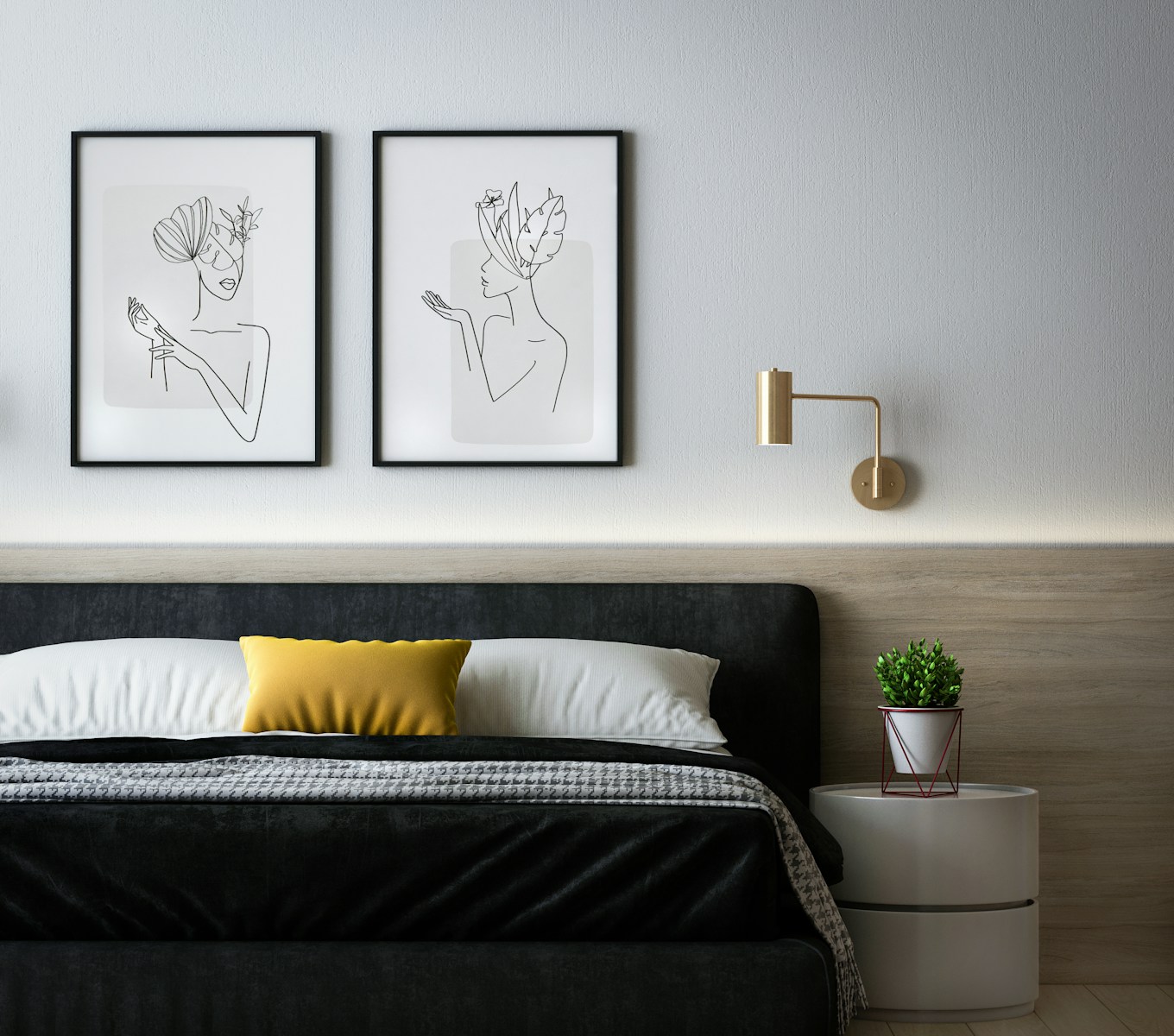Choosing the right wall art can dramatically transform a space, adding character, emotion, and a personal touch to any room. Whether you’re decorating a new home, renovating an office, or simply refreshing your interior, wall art serves as a crucial element of design. However, with endless options available—from paintings and prints to sculptures and mixed media—selecting the best wall art can be overwhelming. This essay explores key considerations to help you make thoughtful choices that reflect your style, complement your space, and stand the test of time.
1. Understand the Purpose and Mood of the Room
Before selecting hypebeast wall art, consider the function and desired atmosphere of the room. For instance, a living room often benefits from bold, statement pieces that become conversation starters. Bedrooms, on the other hand, may call for calming artwork that promotes relaxation. In a kitchen or dining area, playful or food-themed art might add charm and warmth. Understanding the room’s purpose helps guide your choice in color palette, subject matter, and overall vibe of the artwork.
2. Know Your Style and Aesthetic
Your personal style plays a significant role in choosing wall art. Whether you prefer modern minimalism, classic elegance, bohemian eclecticism, or rustic charm, your art should reflect and enhance that style. Abstract pieces might suit a contemporary space, while landscapes or still lifes may better fit a traditional setting. It’s important to stay authentic to your taste—art is a personal expression and should resonate with you emotionally and visually.
3. Consider Size and Scale
The size of the artwork is just as important as its design. A small piece on a large wall may look lost and insignificant, while an oversized canvas in a cramped space can feel overwhelming. To achieve balance, measure your wall space before purchasing art. As a general rule, wall art should take up about two-thirds to three-quarters of the available wall space. For gallery walls, using multiple smaller pieces arranged with intention can create a cohesive and stylish effect.
4. Pay Attention to Color Schemes
Color is a powerful design tool that can either harmonize or contrast with your existing décor. When selecting wall art, consider how its colors interact with the room’s palette. Complementary tones can unify the space, while contrasting colors can create visual interest and energy. If your space features neutral tones, vibrant artwork can inject life and personality. Alternatively, subtle artwork can provide a sense of serenity in a colorful room.
5. Choose the Right Medium and Texture
Wall art comes in a variety of forms, including paintings, photographs, digital prints, tapestries, metal work, and more. Mixing different media and textures can add depth and dimension to a space. For example, a fabric wall hanging can soften a room dominated by hard surfaces, while a metallic sculpture can introduce a touch of modern flair. Think beyond traditional framed art and explore diverse materials that enhance the tactile experience of your décor.
6. Invest in What You Love
Ultimately, the best wall art is one that you genuinely love. While trends may come and go, personal taste endures. Whether it’s a piece you bought on a memorable trip, a local artist’s work, or something you created yourself, meaningful art adds authenticity to your space. Don’t be afraid to take your time and wait for the right piece—it’s better to invest in art that brings you joy than to fill a wall with something that doesn’t resonate with you.
Picking the best wall art involves more than matching colors and fitting spaces; it’s about choosing pieces that reflect who you are and what you value. By considering the room’s purpose, your personal style, scale, color, texture, and emotional connection to the artwork, you can create a space that feels complete, inspiring, and uniquely yours. With thoughtful selection, wall art becomes more than decoration—it becomes a defining element of your home’s identity.
